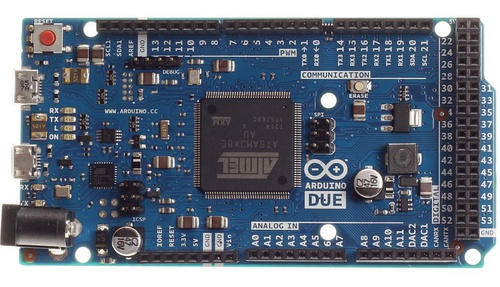FPC (Flexible Printed Circuit) refers to flexible circuit boards, also known as flexible printed circuit boards, flexible circuit boards or soft boards. This kind of circuit board has the advantages of high wiring density, light weight and thin thickness. It is widely used in mobile phones, notebook computers, PDAs, digital video cameras, LCMs and many other products. In recent years, PCB manufacturing technology has developed rapidly, and the industry has put forward higher requirements for FPC. Precision PITCH is the main breakthrough direction for FPC in the future. The stability and exquisiteness of dimensions have also led to the rise of FPC costs. How to control the contradiction between the two has become a major breakthrough in the control of the expansion and contraction of FPC materials during the production process. Below we give you a brief explanation on how to control and control the main points.
1. Design
1. In terms of wiring: As FPC will expand due to temperature and pressure during ACF crimping, the expansion rate of the crimping finger should be considered in the initial design of the circuit, and pre-compensation should be carried out;

2. Typesetting: The design products should be distributed evenly and symmetrically throughout the layout as much as possible. The minimum distance between every two PCS products should be kept above 2MM, and the copper-free parts and the dense via holes should be staggered as much as possible. These two parts are in the subsequent manufacturing process. Cause two important aspects that are affected by material expansion and contraction.
3. In terms of material selection: the glue of the cover film should not be too thinner than the thickness of the copper foil, so as to avoid insufficient glue filling during the pressing process, resulting in product deformation. The thickness of the glue and whether it is evenly distributed are the culprits of the expansion and contraction of the FPC material.
4. In terms of process design: the cover film should cover all the copper foil parts as much as possible. It is not recommended to stick the cover film to avoid uneven force during pressing. The PI reinforcement bonding surface glue above 5MIL should not be too large. If it is unavoidable, it needs to be After the cover film is pressed and baked, PI reinforcement is applied and pressed.
2. Material storage
I believe that the importance of material storage does not need to be said. It must be stored strictly in accordance with the conditions provided by the material supplier.
3. Manufacturing
1. Drilling: It is best to add baking before drilling to reduce the expansion and shrinkage of the substrate during subsequent processing due to the high moisture content in the substrate.
2. During electroplating: it should be made of short-side splints, which can reduce the deformation caused by the water stress caused by the swing. During electroplating, the swing can be reduced to minimize the amplitude of the swing. The number of splints also has a certain relationship. The number of asymmetrical splints, Can be assisted by other side materials; during electroplating, go down the tank with electricity to avoid sudden high current impact on the board, so as to avoid adverse effects on the electroplating of the board.
3. Pressing: The traditional press is larger and smaller than the fast press. The traditional press is constant temperature curing, and the fast press is heat curing. Therefore, the change of the control glue of the traditional press should be stabilized. Of course, the laminated board is also Quite important part.
4. Baking: For fast-pressed products, baking is a very important part. The baking conditions must be such that the glue is completely cured, otherwise there will be endless troubles in subsequent production or use; the baking temperature curve is generally to gradually heat up to The temperature at which the glue is completely melted, continue this temperature until the glue is completely solidified, and then gradually cool down.
5. During the production process, try to maintain the stability of temperature and humidity in all stations, transfer between stations, especially those that need to be made out, and the conditions for product storage should be paid special attention to.
Fourth, packaging
Of course, the completion of the product does not mean that everything is going well. It is necessary to ensure that the customer does not have any problems in the subsequent use. In terms of packaging, it is best to bake first and dry the water absorbed by the substrate during the manufacturing process before using it. Vacuum packaging, and instruct customers how to save.
Therefore, to ensure the stable quality of such products, it is necessary to strictly follow specific requirements from material storage - various process control - packaging - customers before use.
Five, concluding remarks
In the next few years, smaller, more complex, and more expensive flex circuits will require more novel methods of assembly, and hybrid flex circuits will need to be added. The challenge for the flexible circuit industry is to use its technological advantages to keep pace with computers, remote communications, consumer demand, and active markets. The PCB production and processing service department has a group of high-level technical backbones and first-line operators, which provides a reliable guarantee to ensure product quality (according to IPC-A-610CCLASS2 and company standards). More than 99%.